方案详情文
智能文字提取功能测试中
Nitrate inProcessed Meats Star SeriesMethod Note M-1400-E 03/05 RevB Nitrate inProcessed Meats 12. Press the MEASURE key to return to the measurement mode. ·Nitrate Introduction If all steps were followed correctly the meter display will show three digits in the top line and “ISE: mg/L”to the right of the top line. The meter and electrode are now ready for calibration. ·Processed Meats·Orion ionplus@Nitrate electrodehalf-cell The direct concentration electrode method replaces titration for the measurement of nitrate in processedmeats. The direct measurement of ions using ion selective electrodes is a well-established techniquefrequently used as a standard method of analysis, as a quality control step and to fulfill labelingrequirements. A method for the determination of nitrate in ham was developed. Note: The Orion Benchtop Stirrer must be turned on in General Instrument Setup before analysis, please see theQuick-Start Guide for instructions. Recommended Equipment Cat.No. Nitrate in Processed Meats Application Package 1010131 Calibration and Analysis (includes all items with a catalog number) 1. Allow all the standards and the samples to attain room temperature for precise measurements since themeasurement is temperature sensitive. 1. 4 Star benchtop pH/ISE meter 1115000 2. ionplus nitrate electrode half-cell 9307BNWP 2. Calibrate the meter using the 31 ppm followed by the 310 ppm standard, stirring the standards at agentle and uniform rate. 3. Double junction reference electrode 900200 4. Orion Benchtop Stirrer (or magnetic stir plate and bar 096019 3.Place the electrode and stirrer into the beaker with the 31 ppm standard such that the electrode tip isfully immersed in the solution. The stirrer should be positioned slightly below the tip of the electrode.Press the STIRRER key on the meter to turn the stirrer on. Press the CALIBRATE key. 5. Beakers (50 mL and 1000 mL) 6. Graduated cylinder (15 mL, 300 mL) 4.Wait for a stable reading (1-2 minutes). Enter the standard value of“31”using the UP and DOWNarrow keys and the DECIMAL/DIGIT key. 7.Pipettes (5 mL,10 mL) 8.Volumetric flasks (100 mL) 5. Press the CALIBRATE key to accept the 31 ppm standard and press the STIRRER key to turn thestirrer off. 9.Balance 10. Blender 6.Rinse electrode and stirrer thoroughly with deionized water. Gently remove excess solution from theouter sleeve of the electrode by dabbing with a clean paper tissue. Do not wipe or rub the sensingelement of the electrode. 11. Watch glass Required Solutions CatNo. 7. Place the probes and stirrer into the beaker with the 310 ppm standard such that the electrode tip isfully immersed in the solution. The stirrer should be positioned slightly below the tip of the electrode.Press the STIRRER key on the meter to turn the stirrer on. 1. 0.1M nitrate standard as NaNO, 920706 2. Nitrate Interference Suppressor Solution (NISS) 930710 8.Wait for a stable reading (1-2 minutes). Enter the standard value of“.310”using the UP and DOWNarrow keys and the DECIMAL/DIGIT key. for nitrate electrode 3. Inner chamber reference filling solution 900002 9. P.ress the MEASURE key to accept the 310 ppm standard and to move to the measure mode ofthemeter. Press the STIRRER key to turn the stirrer off. 4. Outer chamber reference Filling Solution, OptimumResults F 900046 5. Deionized water 10. Rinse electrode and stirrer thoroughly with deionized water. Gently remove excess solution from theouter sleeve of the electrode by dabbing with a clean paper tissue.Do not wipe or rub the sensingelement of the electrode. Calibration Standard Preparation 1. To prepare a 310 ppm nitrate standard, pipette 5 mL of the 0.1M (6200 ppm) nitrate standard into a 11. Place the probes and stirrer in a prepared sample with the electrode tip fully immersed in the solution.Press the MEASURE key on the meter; the stirrer will turn on. The ISE: ppm icon will flash as themeasurement is being made. The ISE: ppm icon will become solid and the display value will freezewhen a stable reading is achieved. This value is logged and printed automatically and the stirrer turns 100 mL volumetric flask. Dilute to the mark with the deionized water. Mix well.2.To prepare a 31 ppm nitrate standard, pipette 10 mL of the 310 ppm nitrate standard prepared above into a 100 mL volumetric flask. Dilute to the mark with the deionized water. 3.To prepare 31 ppm nitrate with NISS standard, pipette 15 mL of the 31 ppm nitrate standard and 15 mL NISS solution to a 50 mL beaker. 12. Repeat steps 10 and 11 for additional samples. Upon completion of samples, rinse electrode withdeionized water and store the electrode according to instructions in the Electrode Storage section ofthis method note. 4.To prepare 310 ppm nitrate with NISS standard, pipette 15 mL of the 100 ppm nitrate standard and15 mL NISS solution to a 50 mL beaker. Sample Preparation 1. Weigh out (+0.1 g) approximately 100 g (M) of the meat sample. 2. Blend the sample until it forms a thick paste. Environmental Instruments Toll Free:1-800-225-1480Tel:1-978-232-6000Dom. Fax:1-978-232-6015Int'lFax: 978-232-6031www.thermo.com/waterO 2005 Thermo Electron Corporatior 3. T7ransfer the blended meat sample to a 1000 mL beaker. ( Water Analysis Instruments 166 Cummi n gs C enterBeverly, MA 01915 USAM140003/05 ieY 248092 - 0 0 1 ) ISO9001:2000 4. Using a graduated cylinder add 300 mL (V) deionized water to the beaker containing the preparedmeat sample. Cover the beaker with a watch glass and let it soak for one hour. All rights reserved Nitrate inProcessed Meats 5. Remove the fat from the sample’s top layer. 6.U1se a graduated cylinder to measure 15 mL of the prepared sample and 15 mL of the NISS solution into a 50 mL beaker. 7.Determine the nitrate concentration (C) using an ionplus nitrate electrode and a 4 Star benchtop pH/ISEmeter. 8.Calculate the ppm nitrate in the meat sample. C (ppm in meat)=V(mL)xC(ug/mL)/M(G) Note: Vand M may have to be adjusted for a particular meat sample in order to bave the Nitrate concentration of theprepared sample solution in the calibration range for determination by ISE. Example: The determination of nitrate in ham. 1. 90 g (+0.1 g) of processed ham was weighed out and blended into small pieces. 2. The blended sample was transferred to a 1000 mL beaker and 270 mL of deionized water was added. Thebeaker was covered and the sample was allowed to soak for one hour. 3. After removal of the fat layer, a graduated cylinder was used to measure 15 mL of the prepared sample and15 mLof the NISS solution into a 50 mL beaker. Results Five aliquots of the prepared processed meat were measured for nitrate. Diluted processed meat ppm(mg/L) nitrate Sample #1: 60.9 Sample #2: 59.6 Sample #3: 59.9 Sample #4: 59.6Sample #5: 59.9 Mean: 60.2 Standard Deviation: 0.67 %CV 1.1 ppm nitrate in processed ham=V (mL)xC(ug/mL)/M(g)=270 mL x 60.2 ug/mL/90 g=180.6 ppm Notes: 1)Results will vary due to non-homogenous samples. 2) For greater accuracy, recalibrate periodically Electrode Storage For brief storage periods between sample measurements, store the electrode in 100 ppm as N standard.The filling solution in the electrode should not be allowed to evaporate, which causes crystallization. Forlonger storage periods, refer to the electrode instruction manual. When the electrode does not performing,disassemble and reassemble the electrode, taking care not to over tighten the cap. If the electrode still doesnot perform as described, replace the sensing module and repeat the slope check. If the slope check still fails,replace the electrode handle. Equipment Setup Electrode Setup- ionplus electrode 1.Remove the electrode sensing module from the plastic vial package. Make sure both o-rings are in place onthe sensing module. Remove the electrode handle from the box. 2.Grasp the outer sleeve of the electrode handle, with the fill hole end towards the electrode cap, and gently push the electrode inner stem through the outer sleeve. 3.Slide the outer sleeve, spring, and cap down the electrode cable until the outer sleeve is beyond the innerstem. 4.With one hand, grasp the middle of the inner stem without touching the reference pellet. With the otherhand, screw the sensing module onto the stem until it stops and the sensing module is flush against thestem. Then tighten an additional one-quarter turn and stop. Do not over tighten. The sensing moduleshould be firmly attached to the inner stem. 5.Holding the electrode cable, slide the outer sleeve, spring and cap over the inner stem. 6. With one hand grasp the outer sleeve; do not touch the sensing membrane. With the other hand,pull onthe cable and gently screw the cap onto the inner stem. Stop when resistance is felt. Do not over tightenor continue to turn the cap, the cap will not completely stop. If the inner body turns at all, the cap is tootight and removal of the cap and reassembly is necessary. 7.Holding the electrode by the barrel with one hand. Press on the top of cap with your thumb make sure theelectrode has a smooth flushing motion and reseats back onto the module. 8.Fill outer body with Optimum Result F filling solution to approximately 1/4 full. 9.Press cap to flush out the solution. Releases cap and ensure that the outer body sleeve returns to its originalposition. 10. Refill the electrode with Optimum Results"F filling solution until the fluid level is just below the fill hole.11. To ensure electrical continuity, grasp the outer body and shake the sensing module end firmly. Chick to make sure the membrane surface is dark and homogenous with no bubbles on the inner surface. Meter Setup-4 star benchtop For initial meter setup, follow the steps in the Quick Reference Guide, which is attached to the meter itself.The Quick Start Guide included with each meter also contains a layout of the meter keypad for reference. Thewords in this method represented in all capital letters, such as POWER, indicate a key on the meter, and wordsin quotations such as “Unit”indicate information on the meter display. 1. Connect the electrode to the meter. 2.Connect the stirrer to the meter. 3.Press the POWER key on the meter to turn the meter on. 4.Note that the arrow on the left of the screen indicates the active line. If the top line is not active, press theLINE SELECTION key to change the selected line to the top line. Then press the UP or DOWN arrowkeys to change the measurement mode of the top line to ISE. 5.Press the SETUP key to enter ISE setup. Press the LINE SELECTION key to select the bottom line.Press the UP or DOWN arrow keys to select “3”for“rES”which is an abbreviation for resolution ornumber of significant digits. Press the LINE SELECTION key to accept value. 6.Press the LINE SELECTION key to select the middle line, and press the DOWN arrow key to select“nLIn”which is an abbreviation for non-linear blank correction. 7.1Press the LINE SELECTION key to select the bottom line. Press UP or DOWN arrow keys to select “off"for“nL In". Press the LINE SELECTION key to accept value. 8.Press the LINE SELECTION key to select middle line, and press the DOWN arrow key to select “rAng”which is an abbreviation for measurement range. 9 Press the LINE SELECTION key to select the bottom line. Press the UP or DOWN arrow keys to select “HigH” for "rAng”. Press the LINE SELECTION key to accept value. 10. Press the LINE SELECTION key to select the middle line, and press the DOWN arrow key to select“Unit”. 11. Press the LINE SELECTION key to select the bottom line. Press the UP or DOWN arrow keys to select“mgL”(ppm) for “Unit". Press the LINE SELECTION key to accept value. www.thermo.com of of ofof
关闭-
1/2
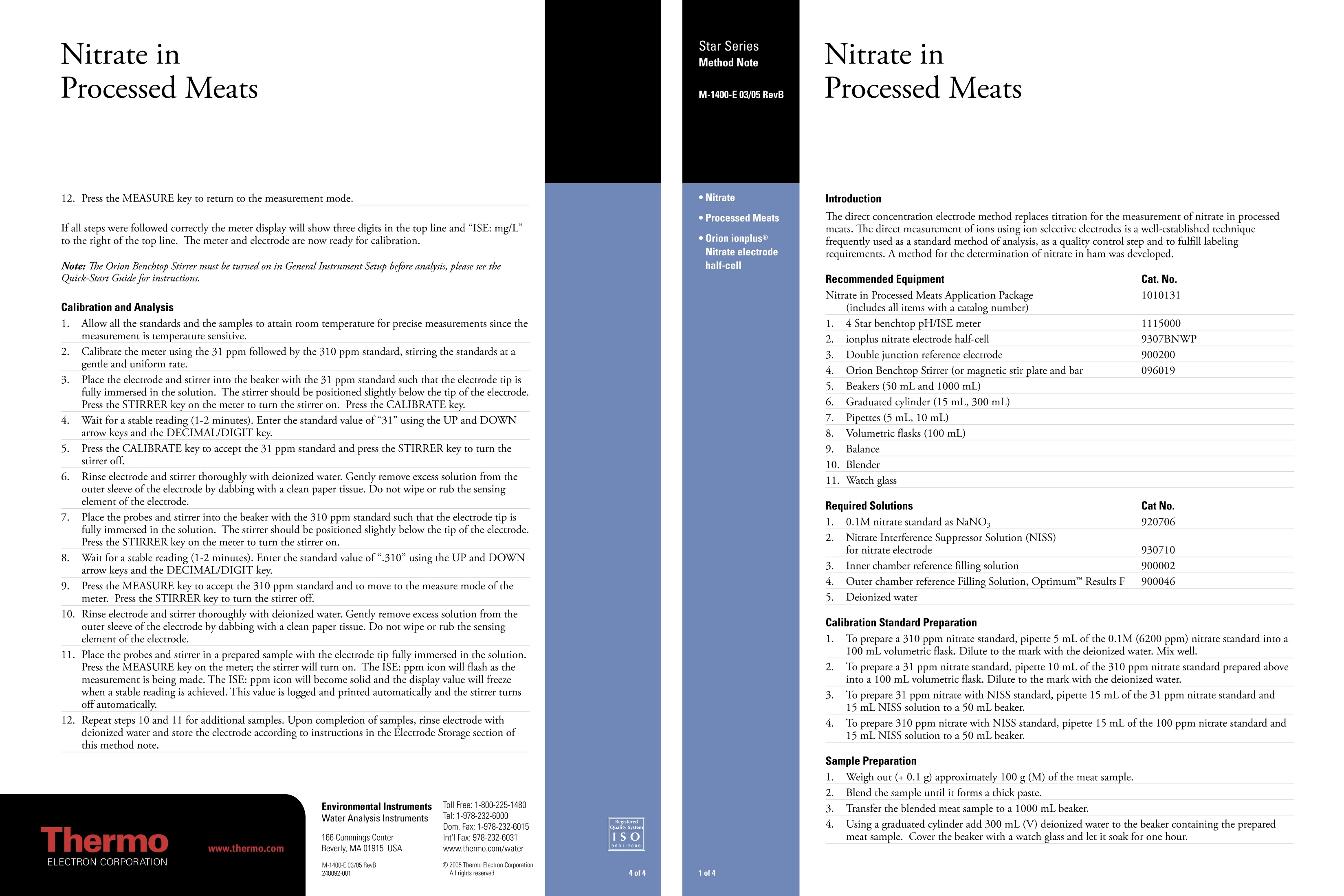
-
2/2
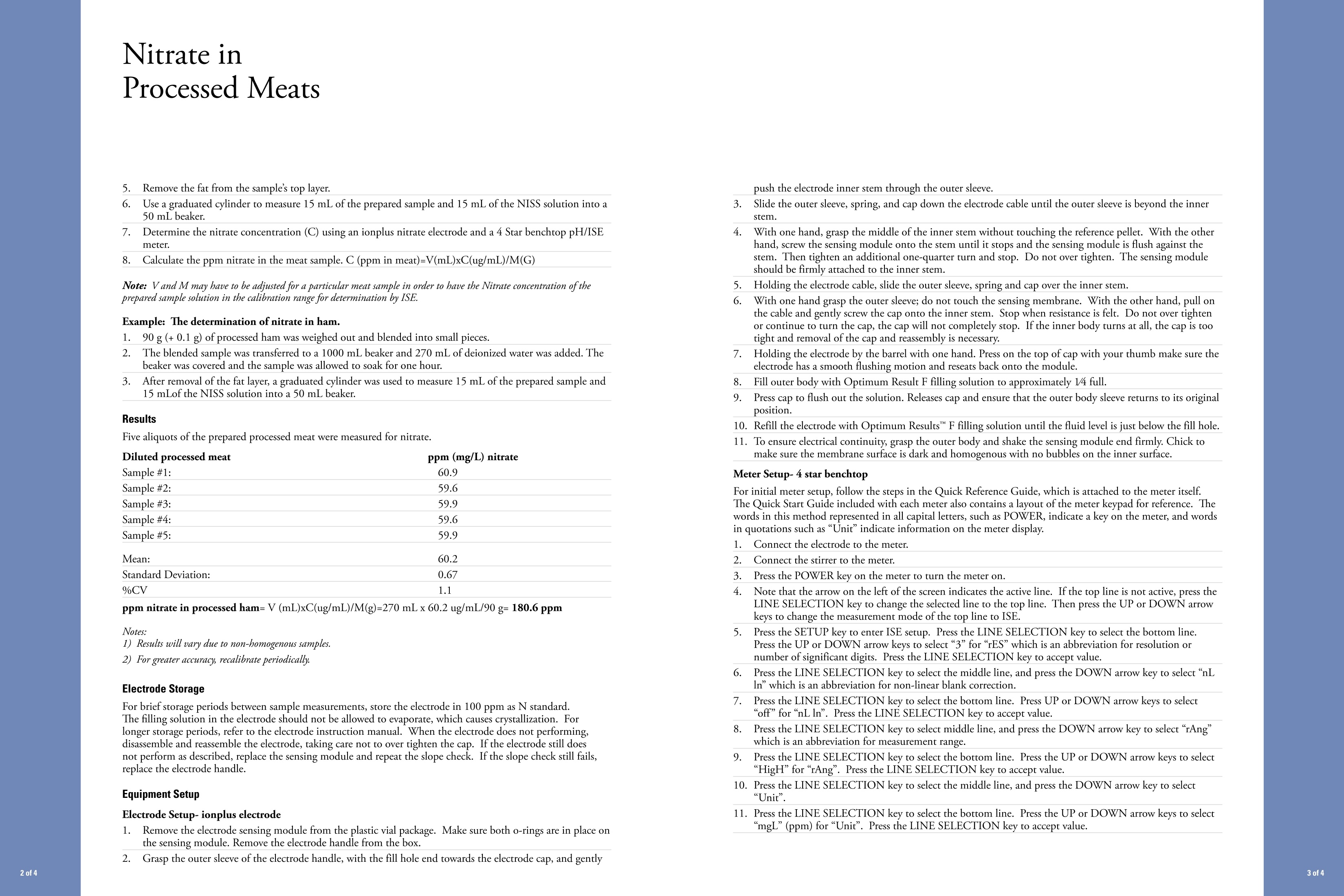
产品配置单
赛默飞中国实验室产品事业部为您提供《肉制品中硝酸盐检测方案 》,该方案主要用于腌腊肉制品中理化分析检测,参考标准《暂无》,《肉制品中硝酸盐检测方案 》用到的仪器有台式pH/ORP/ISE/溶解氧/电导率测量仪、Orion 4-Star台式(便携式)pH/离子浓度测量仪。
我要纠错
推荐专场
水质分析仪/多参数水质分析仪
更多相关方案


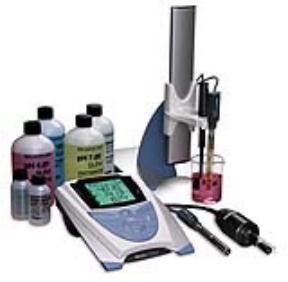
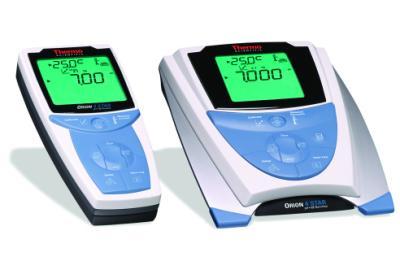
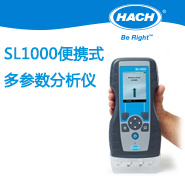
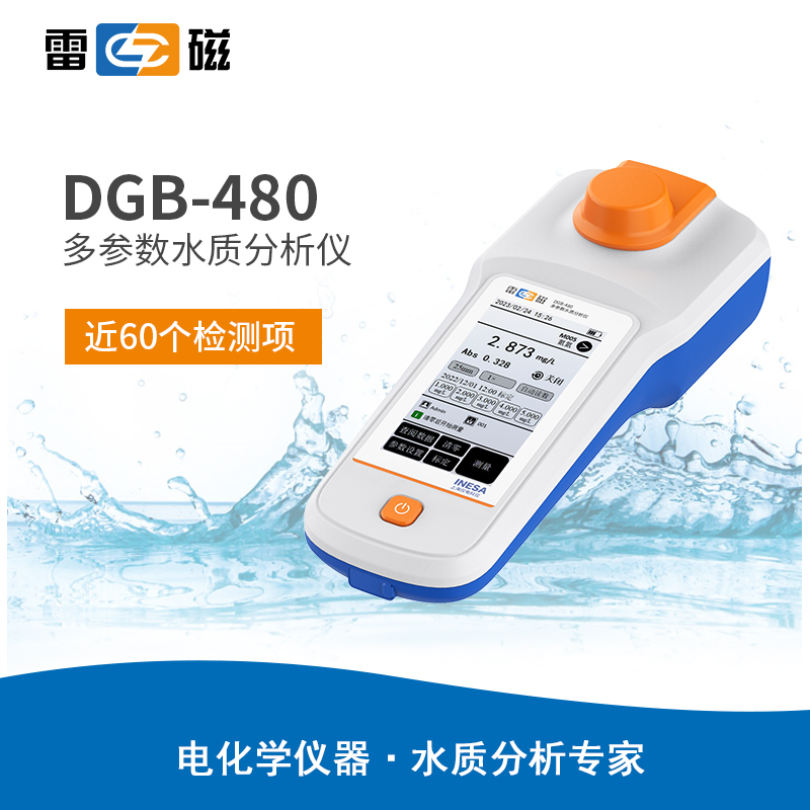
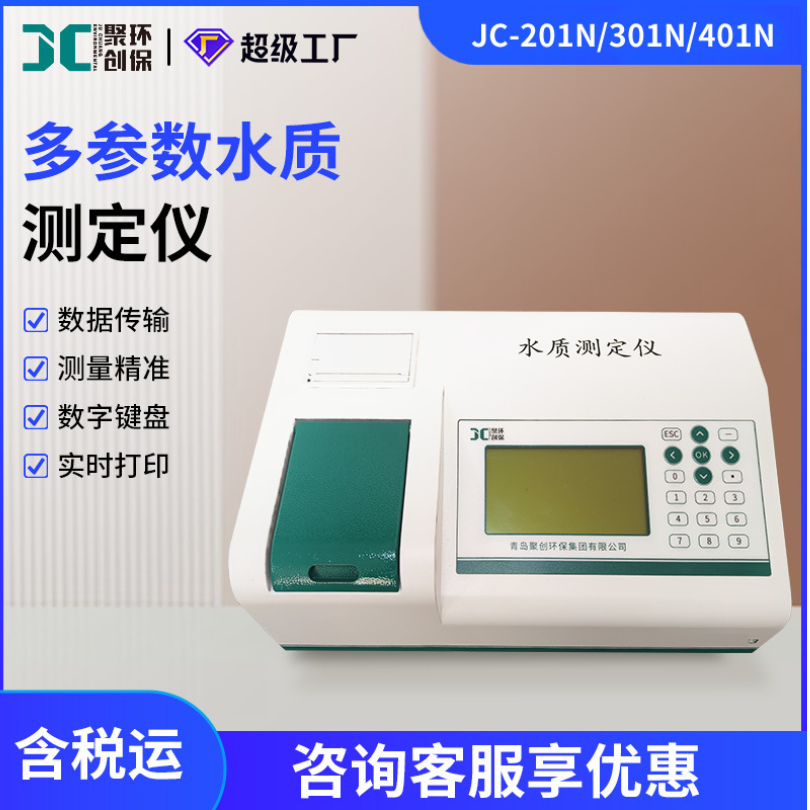
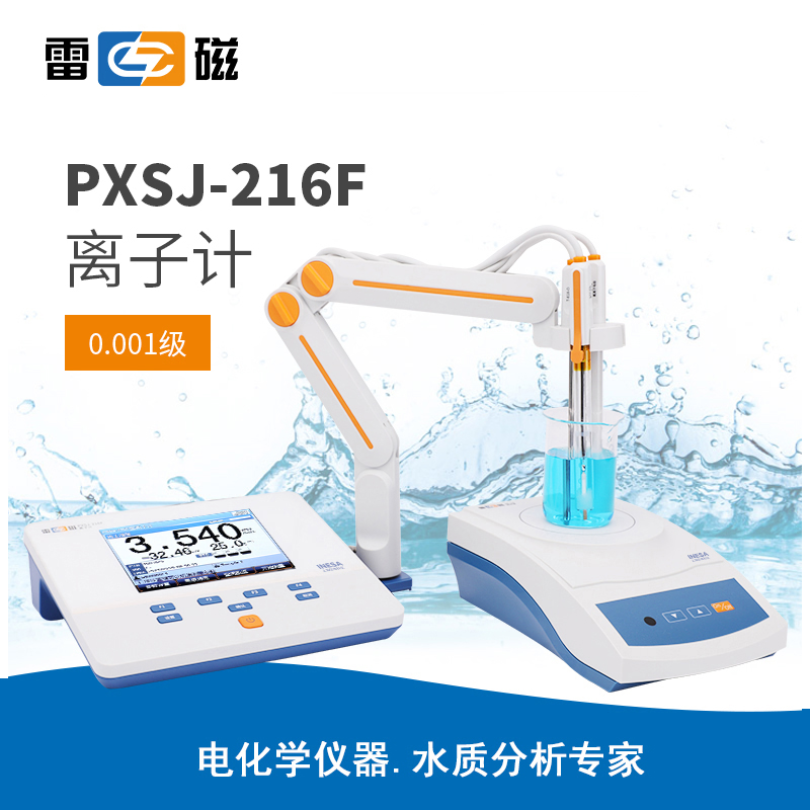
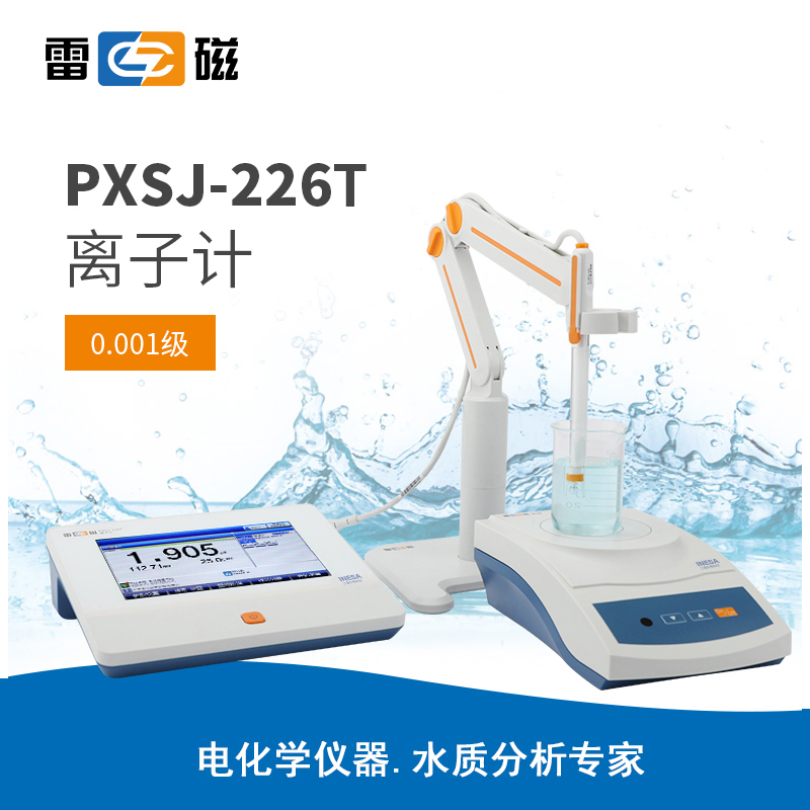
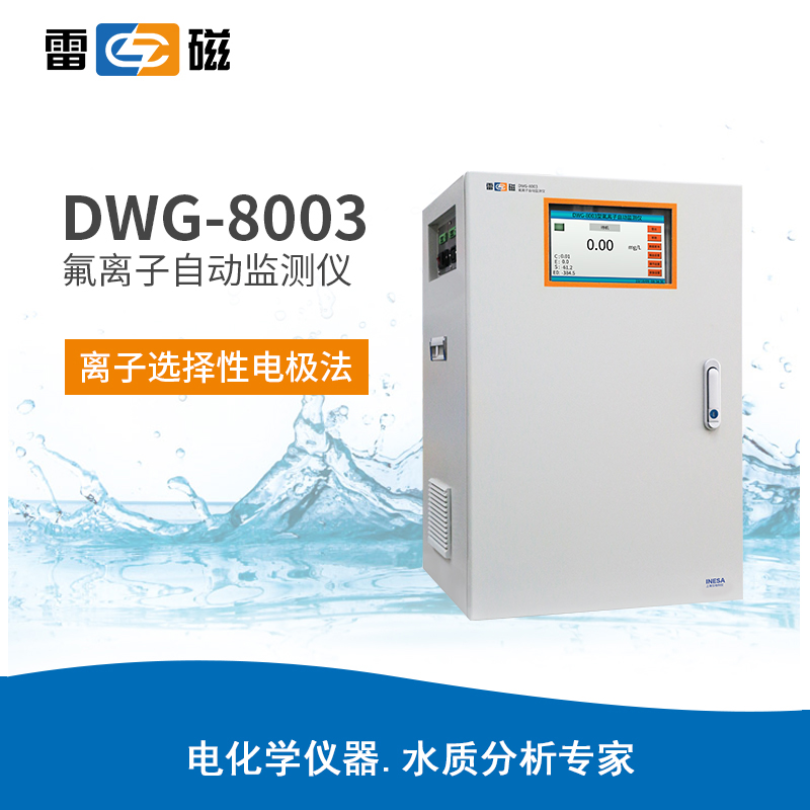
 咨询
咨询


